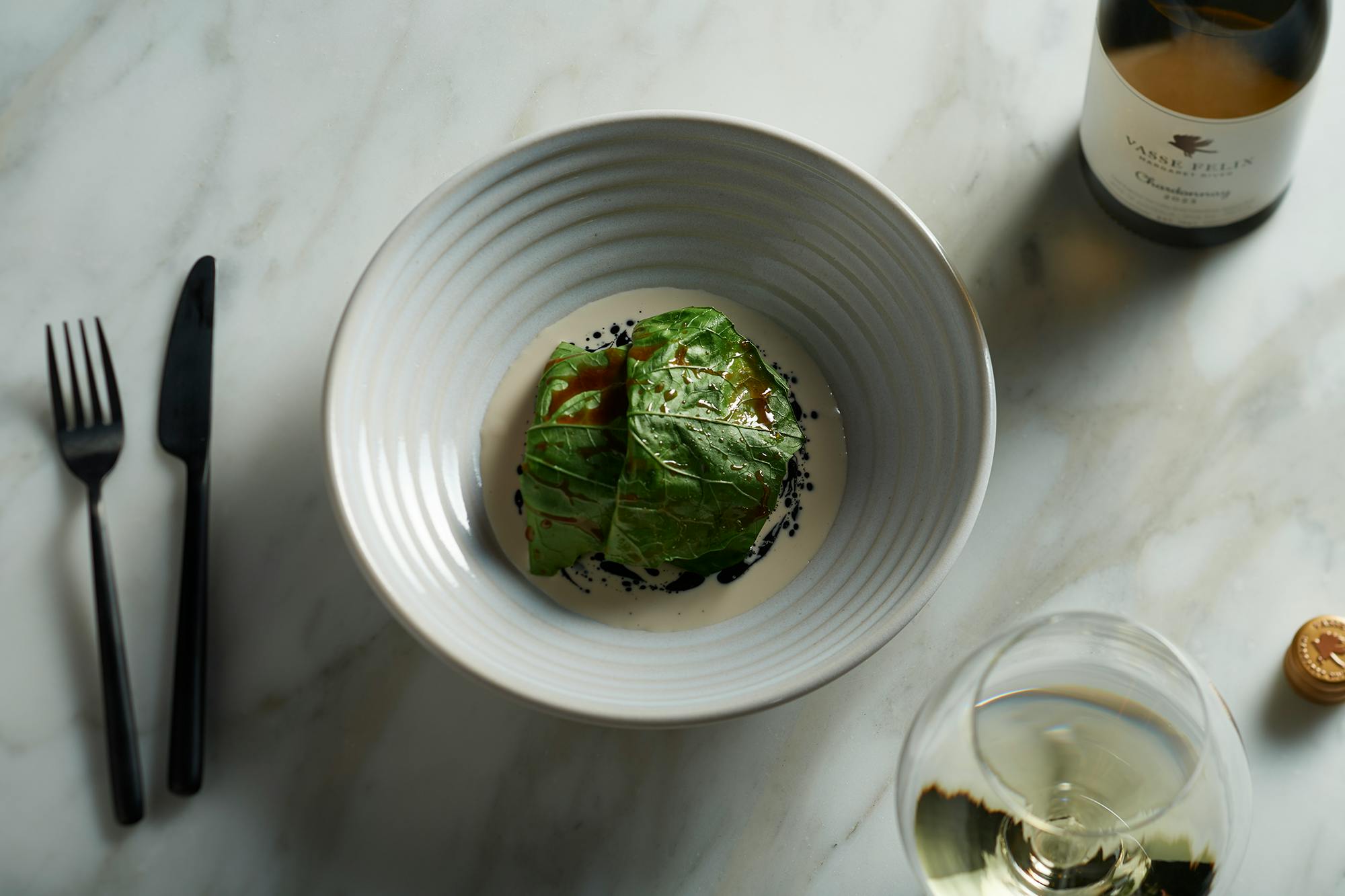Journal

News
Ray Jordan's WA WINE REVIEW 2026
Read article

News
No.1 Winery - Halliday 'Top 100 Wineries 2025'
Read article

Guide
The Peregrine - Summer 2026
Read article

Guide
Summer in Wine Paradise
Read article

News
Caring for the Cape to Cape Track
Read article

News
Replanting Tom’s M1 Plot | Home Vineyard
Read article

News
The 2025 Margaret River Chardonnay Tasting
Read article

Recipes
Szechuan Glazed Pork by Head Chef Cam Jones
Read article

Guide
Decanting Cabernet
Read article

Recipes
Roasted Lamb Leg & Sauce Paloise by Head Chef Cam Jones
Read article

Recipes
A Winter Recipe by Head Chef Cam Jones
Read article

Interview
MY FIVE FAVOURITE CABERNETS | BY PETER FORRESTAL
Read article

Recipes
BEEF WITH MUSHROOMS, ONION TAPIOCA, KELP & BEEF FAT PEPPER SAUCE
Read article

News
Introducing Filius Sauvignon Blanc
Read article

News
A Decade of TOM CULLITY
Read article

Recipes
Pork with Cabbage & Celeriac
Read article

Previous Events
VASSE FELIX X ODETTE | PAIR'D FESTIVAL
Read article

Guide
Ask a Sommelier: How does Margaret River Chardonnay age?
Read article

Previous Events
Australian Chamber Orchestra at Vasse Felix
Read article

Interview
Cabernet Society. PAUL HOLMES À COURT, Vasse Felix CEO & Owner
Read article

Interview
Cabernet Society. Freddie Bulmer, The Wine Society UK.
Read article

Recipes
A surprising summer Cabernet pairing
Read article

Interview
Cabernet Society. Hamish Guthrie. Hecker Guthrie, Melbourne.
Read article

Interview
Cabernet Society. Dave Pynt. Burnt Ends, Singapore.
Read article

Interview
Cabernet Society. Loic & Yuki. Lucas Group, Melbourne.
Read article
JOIN OUR MAILING LIST
Stay in touch and receive the latest news, event invites and promotions to your inbox.
This newsletter subscription is open to everyone, worldwide.